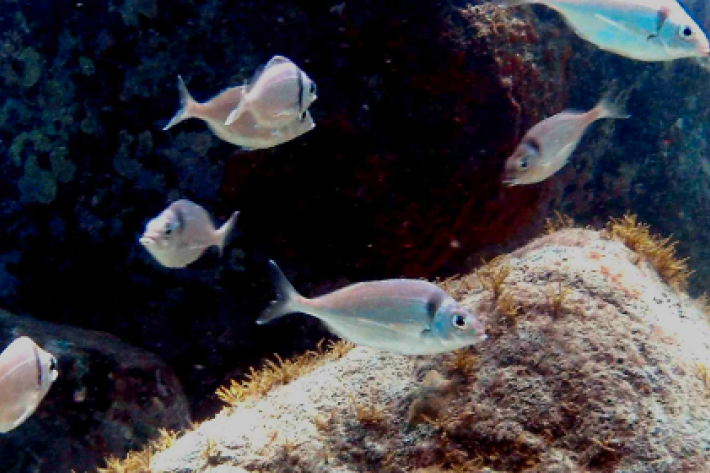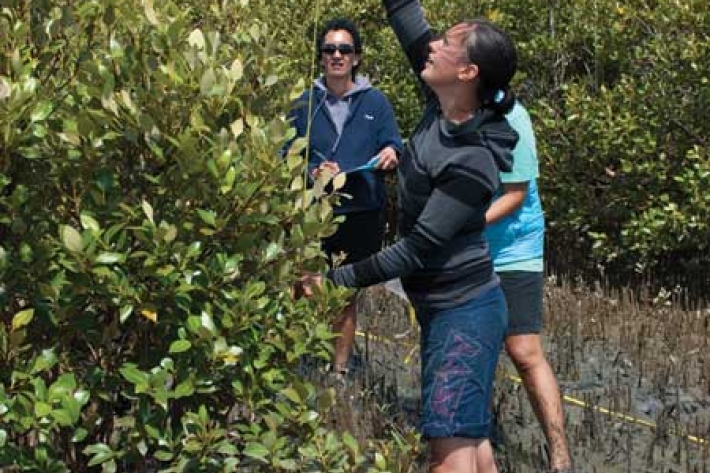-

Guide to restoring kōura (freshwater crayfish) in lakes, rivers and streams
Habitat degradation and the introduction of exotic plant and fish species have adversely affected kōura populations throughout New Zealand. However, there are a number of measures that we can use to restore kōura populations in lakes, rivers and streams. -

Citizen science monitoring of water a win-win, research shows
Media release12 December 2016New research has revealed that citizen science monitoring of water is a win-win for scientists and volunteers—one gains access to new data, and the other the skills and confidence to become involved in discussions over what is happening to their streams. -

Changes in juvenile fish habitats
Research ProjectNIWA is looking for people who have had a long association with the Hauraki Gulf or Marlborough Sounds to help them with a research project on juvenile fish habitats. -

Warriors of the harbour: restoring estuarine health
Feature story15 November 2016Iwi has joined forces with councils and NIWA to restore an estuarine ecosystem to its former health. -

Te Mahere Kāinga Koiora - Habitat Mapping Module
This Habitat Mapping module will show you how to collect useful information to describe and monitor habitats in estuaries. -

Ngā Parangatanga - Sediment Module
The type of sediment that is deposited in your estuary, be it mud or sand, and how quickly it is deposited, has a big influence on what your estuary will look like, how clear the water will be, and the types of plants and animals that can live in it. Download 7 guides for this module. -

2012 - Secrets of the orange roughy
News article19 July 2012Moored underwater cameras have exposed the secret lives of orange roughy nearly 900 metres below the ocean surface. -

Restoration of estuarine ecosystems
-

Predicting long-term sedimentation and heavy metal accumulation in estuaries
Research ProjectNIWA has developed an Urban Stormwater Contaminant (USC) model to enable urban planners to predict sedimentation and heavy metal accumulation in estuaries and identify problem areas in order to target mitigation measures. -

Estuary monitoring by communities
These guidelines outline a recommended minimum set of methods for a community group interested in following habitat changes in an estuary.

